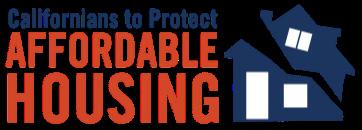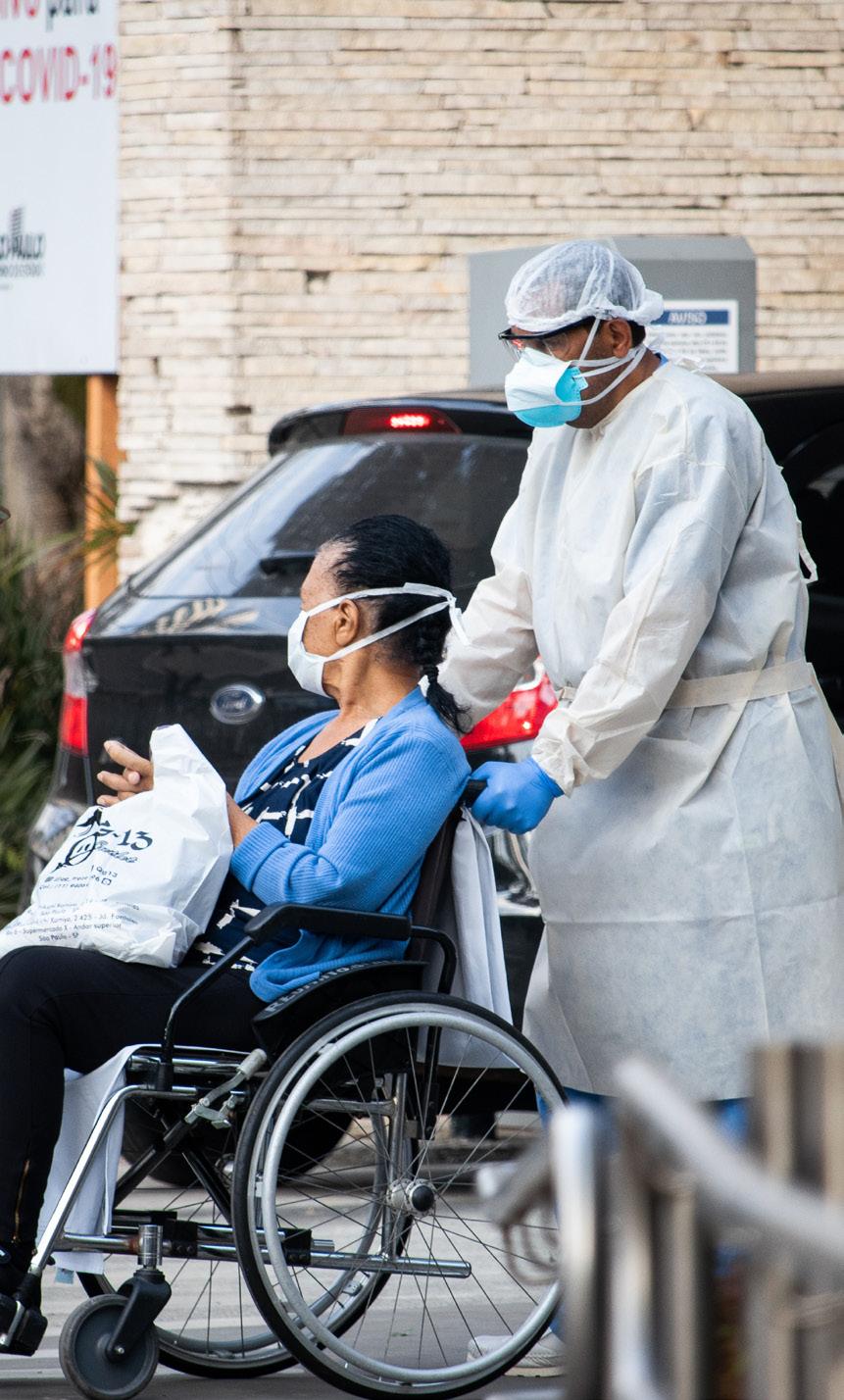
9 minute read
New rules set before reoppening the economy
NEW RULES SET BEFORE
In mid-April, the US president rolled out new federal guidelines that contain the conditions under which some parts of the US should consider reopening their economies. During the press briefing, the US president stated, “We must have a working economy. And we want to get it back. Very, very quickly. And that’s what’s going to happen.” The federal guidelines require some states in the US to start loosening some of the strict public health measures such as social distancing that were established to put the Covid-19 situation under control. REOPENING THE ECONOMY
IS IT TOO SOON?
The guideline plan which has a total of 18 pages, is titled “Opening up America Again,” which clearly explains the events under which some parts of the country should begin allowing a gradual and wellmonitored event of a return to normalcy such as people to start attending their workplaces. However, the move to lift the restrictions will entirely be on the conclusion arrived at by the state governors. During the briefing, Trump stated that approximately 29 states are in a position to reopen relatively soon due various reasons. Trump states
that, “We have a lot of states that, through location, through luck and also through a lot of talent ... are in a very good position.” The states said to be in a good position were expected to loosen their restrictions by the beginning of May.
The guidelines state that before beginning implementing the first phase, the number of cases or new infections of even flu-like symptoms in the area must be trending downward for 14 days. The guidelines further state that any individuals
considered vulnerable should continue staying at home until declared safe to go to social places by a health expert. Legal experts, on the other hand, claim that the new federal guidelines will be challenging to implement as the federal government cannot counter public health measures issued by the different states. Therefore, the states are required by any law to adhere to the federal guidelines. However, the guidelines are putting the governors under a lot of pressure to let loose some of the restrictions. The move by the federal governments has received a lot of reaction from the American people and different experts as well. Health experts and other business leaders warn that for the restrictions to be lifted, the government should first conduct a massive testing exercise that will ensure the safety of Americans as they go back to their workplaces. The issue of when to reopen the economy has received several responses and suggestions from various concerned experts. Heidi Shierholz, an economist, states that the matter should be directed to public health officials and not to economists. He further says that during such a crisis, the recommended public health policy is also the most suitable policy for the economy. Research has shown that areas that implement and strictly follow public health measures such as social distancing during pandemics like the Covid-19 revive and grow faster when the pandemic is gone. Robert Reich, a professor of public policy at the University of California, states that the economy should not reopen because the president ordered so. Instead, the economy should reopen when the public feels safe enough. The only way for the public to feel safe enough is through conducting extensive tests to the people of America and ensure that the virus is vanishing from the face of America. The public cannot feel safe when the country continues to report thousands of deaths from Covid-19 every passing day. The economy should not be reopened when people don’t feel safe to go back to their normal activities. Jeffrey Pfeffer, a professor of organizational behavior, argues that there should be no trade-off between public health and economics. He further states that healthy people are more likely to be present at work, both physically and mentally, and also be more productive. He, therefore, says that the only time to get back to normalcy is when sufficient testing is done and contact tracing to map the spread of the disease, which he states are not in place at the moment. Daily press briefings by the government indicate a rapidly rising number of infections and deaths due to Covid-19. It is crystal clear that this is not the most suitable time to reopen the
US economy for the sake of the safety of Americans. Reopening the economy at this time may be too soon which may risk re-introducing a second wave of spread of Covid-19.
Works Cited
https://www.theguardian.com/commentisfree/2020/ apr/16/when-is-the-right-time-to-reopen-the-useconomy-coronavirus-our-panelists-verdict. https://www.cnbc.com/2020/04/16/coronavirus-trumpissuing-guidelines-on-reopening-parts-of-us-amidoutbreak.html. https://www.theguardian.com/us-news/live/2020/ apr/16/us-coronavirus-latest-updates-trumpguidelines-reopening-economy.

MYTH FACT

CaliforniansForAffordableHousing.Org
Myth vs. Fact
This proposition is necessary to maintain lower rents and control the housing crisis. Governor Newsom just signed new statewide rent controls into law that went through legislative hearing and public input. This flawed, special interest proposition would go into effect before we even have a chance to see the benefits of the newly signed law. This proposition will only reduce the housing supply and drive rents and housing costs up even higher –making California’s housing crisis even worse.
MYTH FACT
MYTH FACT
MYTH FACT
This proposition will make housing more affordable. This proposition will do the exact opposite. By creating an inconsistent and unpredictable patchwork of local ordinances, this proposition will prevent critical affordable housing development and drive rents and housing costs up even higher. It will even increase prices for existing housing and make it even more difficult for families to purchase their first home. In fact, the proposition will put as many as 539 rental boards in charge of housing, with bureaucrats deciding what people can or cannot do with their properties, and will give the rent boards unlimited power to add fees on housing, which will ultimately be passed on to tenants in the form of higher rents. As a result, the proposition will increase the cost of existing housing and make it even harder for renters to find affordable housing in the future.
This proposition will give renters immediate relief. This flawed proposition does not force the state or any city to lower rents and does not enact any new tenant protections. The proposition... • Will NOT provide any immediate relief for people facing higher housing costs. • Will NOT increase funding for affordable housing. • Will NOT force local communities to build the housing approved in their general plans.
The proposition will help California’s economy. The state’s nonpartisan Legislative Analyst’s Office found that this proposition would result in the loss of tens of millions of dollars in revenue for the state and local governments. This could result in less money for schools and emergency services, reduced new home construction, and a loss of thousands of well-paid construction jobs.
MYTH FACT
This proposition will help restore California’s impoverished communities. This proposition will encourage landlords to take their rental properties off the market and convert them into condos, tenants-in-common (TICs), and townhomes, further reducing housing supply and making the housing crisis even worse. It could even
force thousands of renters –including seniors and others living on fixed incomes –out of their apartments and communities.
THE BOTTOM LINE: The flawed rental housing proposition will make the housing crisis even worse. Vote NO on November 3!

CaliforniansForAffordableHousing.Org
Fact Sheet
California just passed the toughest-in-the-nation statewide tenant protection law that provides certainty on rent increases while ensuring critical affordable housing is still built in our state. But Michael Weinstein and his multi-million dollar special interest group recently qualified a proposition (Initiative 19-0001 ) for the November 3, 2020 statewide ballot that would undermine this new critically important law. These are the same special interests who spent more than $25 million on the flawed rental housing measure, Proposition 10 in 2018, which voters rejected overwhelmingly with a 59% NO vote. Don’t be misled. This new proposition is even more flawed than their last proposition. It’s bad for homeowners and renters –and will make California’s housing crisis even worse.
Undermines California’s New Statewide Rent Control Law
• Governor Newsom just signed new statewide rent controls into law and this flawed proposition would go into effect before we even have a chance to see the benefits of the new law, which was supported by a broad coalition of social justice groups, including the California Community Builders, the California State Conference of the NAACP, California YIMBY, The Two Hundred, the California Labor Federation, the State Building and Construction Trades Council and the
Western Center for Law and Poverty. • This new law, AB 1482, sets a statewide cap on annual rent increases (5% plus regional inflation) and prohibits unjust evictions –keeping families inside their longtime homes.
Does Not Enact Any New Tenant Protections
• This proposition does not force the state or any city to lower rents and it will not provide any immediate relief for people facing higher housing costs.
Widens the Inequality Gap and DisproportionatelyBenefits the Wealthy
• This flawed proposition allows wealthy individuals to take advantage of rental assistance and includes no guarantee that low-income renters will receive the help they need. Studies show that such policies disproportionately benefit the wealthy rather than helping those who need it most.
Reduces Housing Supply and Drives Up the Cost of Existing Housing
• Housing costs are high because California hasn’t been building enough housing to keep up with population growth –we have a supply shortfall of about 3 million units. This proposition does not increase funding to build badly needed affordable housing. • By creating an inconsistent and unpredictable patchwork of local ordinances, this proposition will prevent critical affordable housing development and drive rents and housing costs up even higher. • It will also encourage landlords to take rental properties off the market and convert them into condos and townhomes, further reducing the rental housing supply and making the housing crisis even worse.
Accelerates Gentrification of Our Communities
• This flawed proposition is not a guarantee that our communities and neighborhoods will be preserved. In fact, it will accelerate the pressures for gentrification by creating an economic incentive for landlords take their rental properties off the market and convert them to other uses. • In one example, from 2000 through 2018, US Census Bureau data shows the African-American population remained essentially level for the state as a whole, yet their population in the 15 rentcontrolled cities dropped by 19% - a population shift of more than 130,000 out of these communities. The drop was even steeper in the Bay Area cities –the region creating most of the higher wage jobs in the state –at a total of 23%.










